Polarizer
Read just about any photography tutorial having to do with polarizer filters, and you'll be told that they are an essential piece of gear, particularly for landscape photographers.
There are a number of reasons for that, which I'll outline in just a moment.
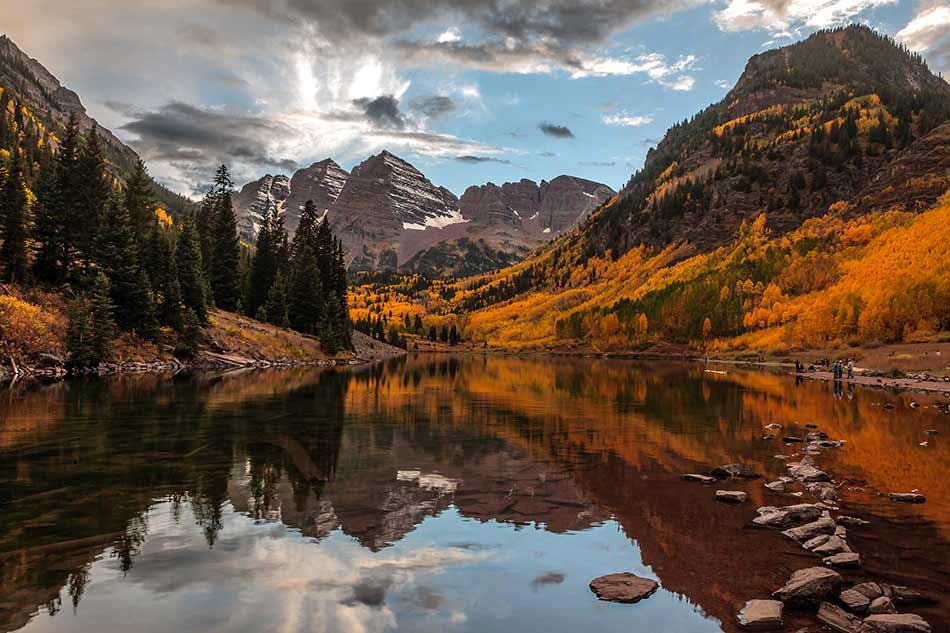
But there are also situations in which you shouldn't use a polarizer, and understanding when not to use one is just about as important as knowing when to use one.
Let's take a look at a few scenarios to help you get a better understanding of how to get the most out of your polarizer.
When to Use a Polarizer Filter?
The beauty of polarizers is that they solve all sorts of problems with outdoor photography...
To Cut Down Glare

If there's water in the scene, a polarizer will minimize the glare from the sun off the surface of the water.
Not only does this improve the look and feel of the image by not having a bright glare to distract the eye, but if the water is shallow, a polarizer allows you to actually see into the water.
That's an obvious benefit regardless, but especially if you're using water as foreground interest because the viewer will be able to see what lurks beneath the water's surface.
Additionally, polarizers eliminate reflections off of wet surfaces you might encounter in a landscape, like rocks or leaves along a body of water.
That means you get deeper, more saturated colors, again without the distraction of the sun's glare.
To Use Slower Shutter Speeds
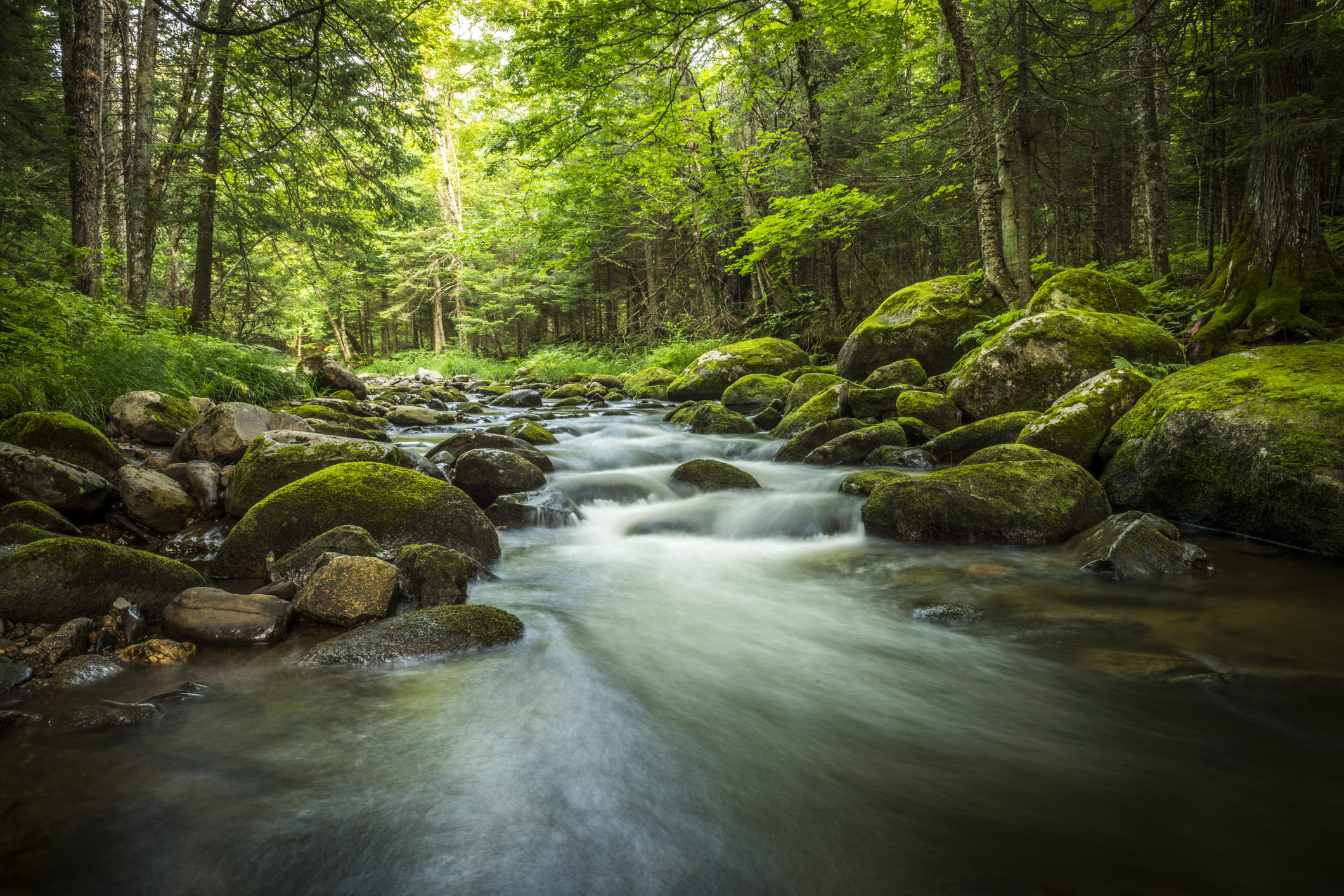
What some photographers don't know is that a polarizer will actually let you use a slower shutter speed than usual.
Now, a polarizer certainly isn't going to give you the same light-stopping power as a neutral density filter will...
But you can get a couple more clicks of shutter speed to get those gorgeous, milky water effects like you see in the image above.
To Make Clouds Pop
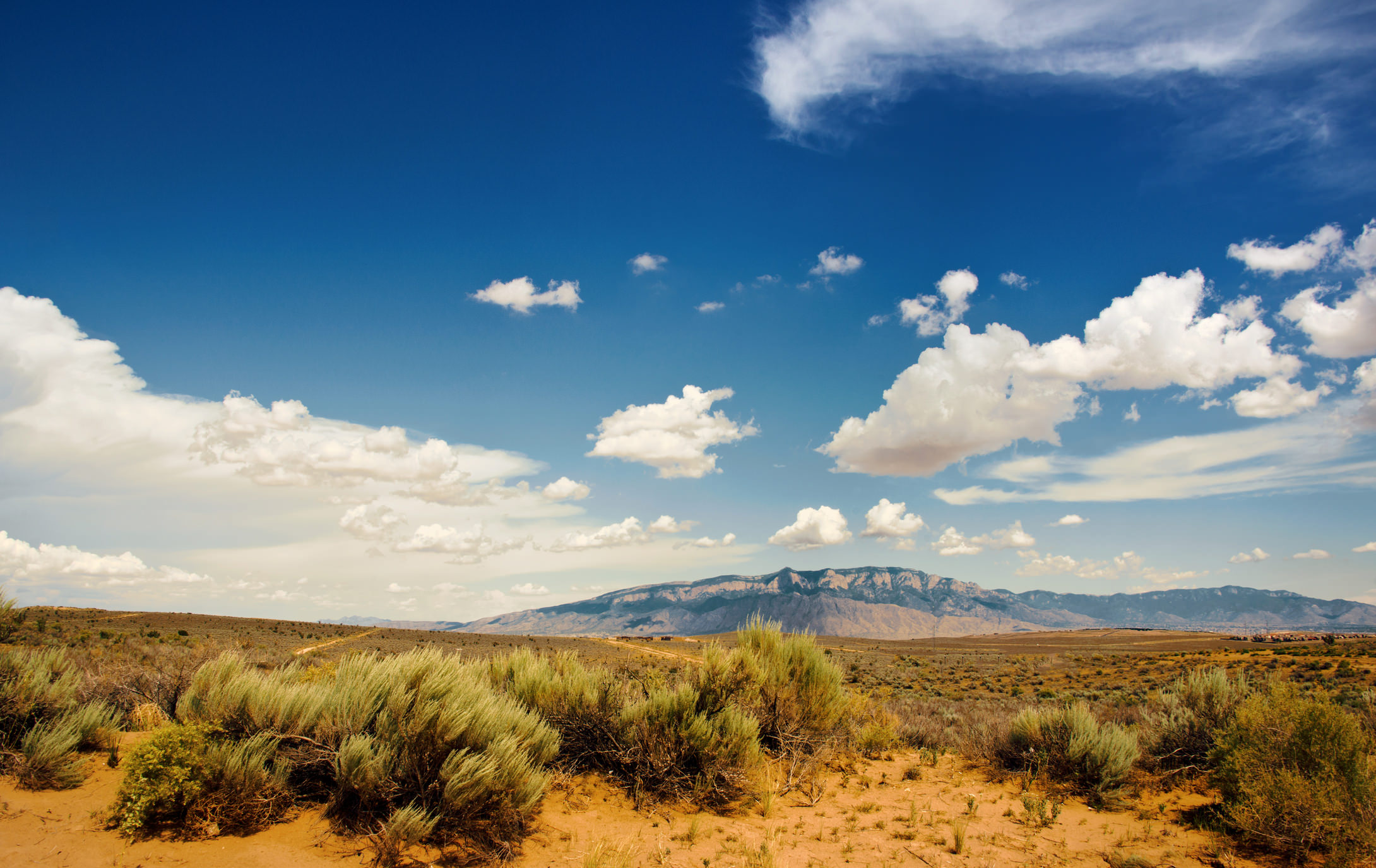
I know I've encountered my fair share of gorgeous landscapes that were unfortunately under a bright sky with little definition and color.
But a polarizer helps rectify that problem...
Not only does a polarizer add definition to bright clouds, but it also helps deepen the blue color of the sky.
That's because a polarizer also helps minimize haze which is all too common - be it from smog, smoke from forest fires, fog, or a temperature inversion.
As a result, a polarizer is helpful for making the sky an asset in your landscape photos, rather than being the low spot of the shot due to lack of color and definition.
When NOT to Use a Polarizer
So now that you understand the benefits of using a polarizer for landscape photography, it's time to consider when using a polarizer is actually not such a good idea.
When You Want a Highlight Wet Surfaces
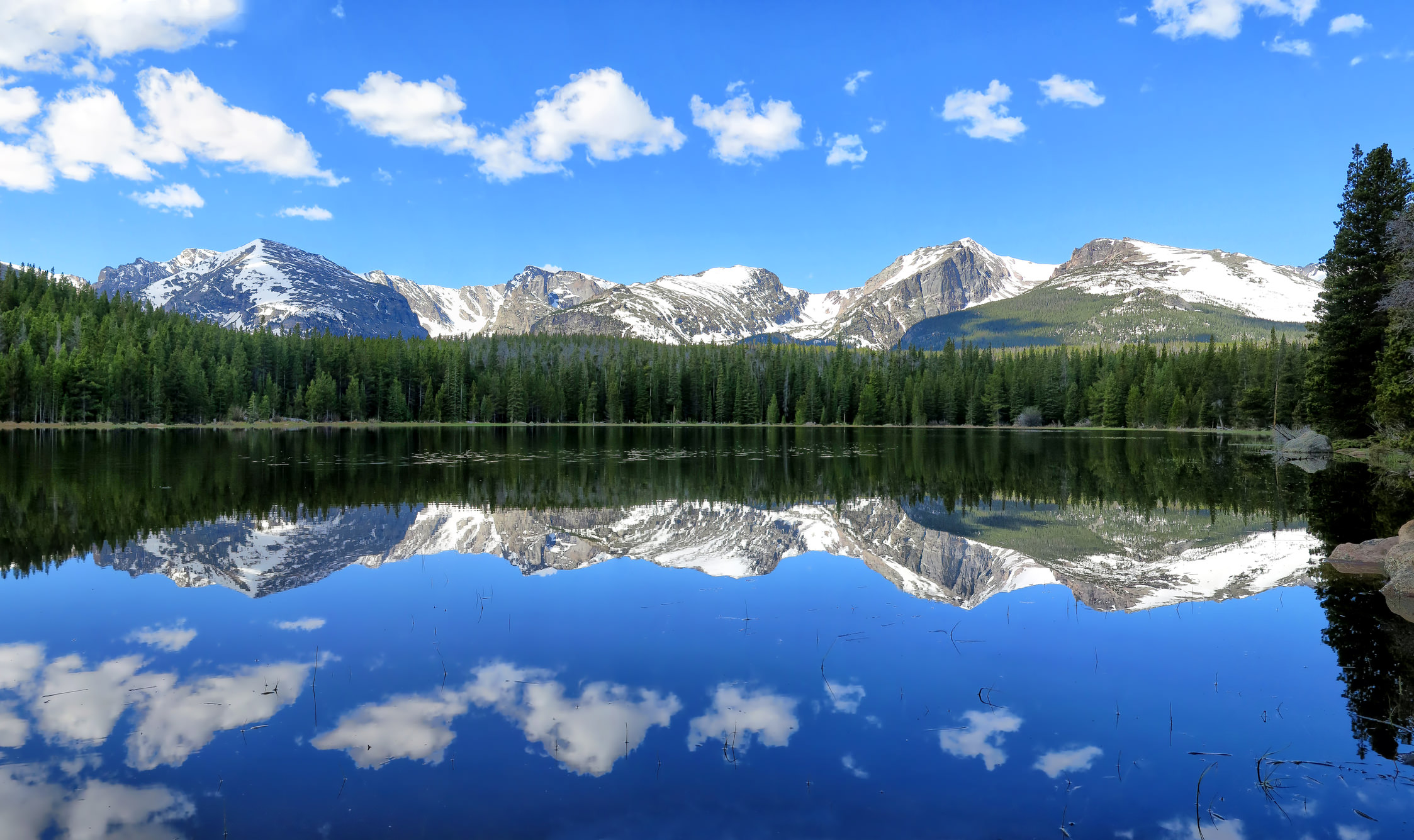
Sometimes, eliminating the glare of wetness on landscape elements is actually detrimental to the shot.
After all, that wetness can add just a touch of soft reflection that gives the image a bit more depth and interest to the photo. Likewise, sometimes you might not want to see through water and instead use it to reflect the scene, as is the case in the image above.
The key here is to pick and choose when to remove the polarizer...
If you find that the reflections are too intense or distracting, use the polarizer. If they are subtle and soft, think about continuing to shoot without a polarizer.
Low Light Situations
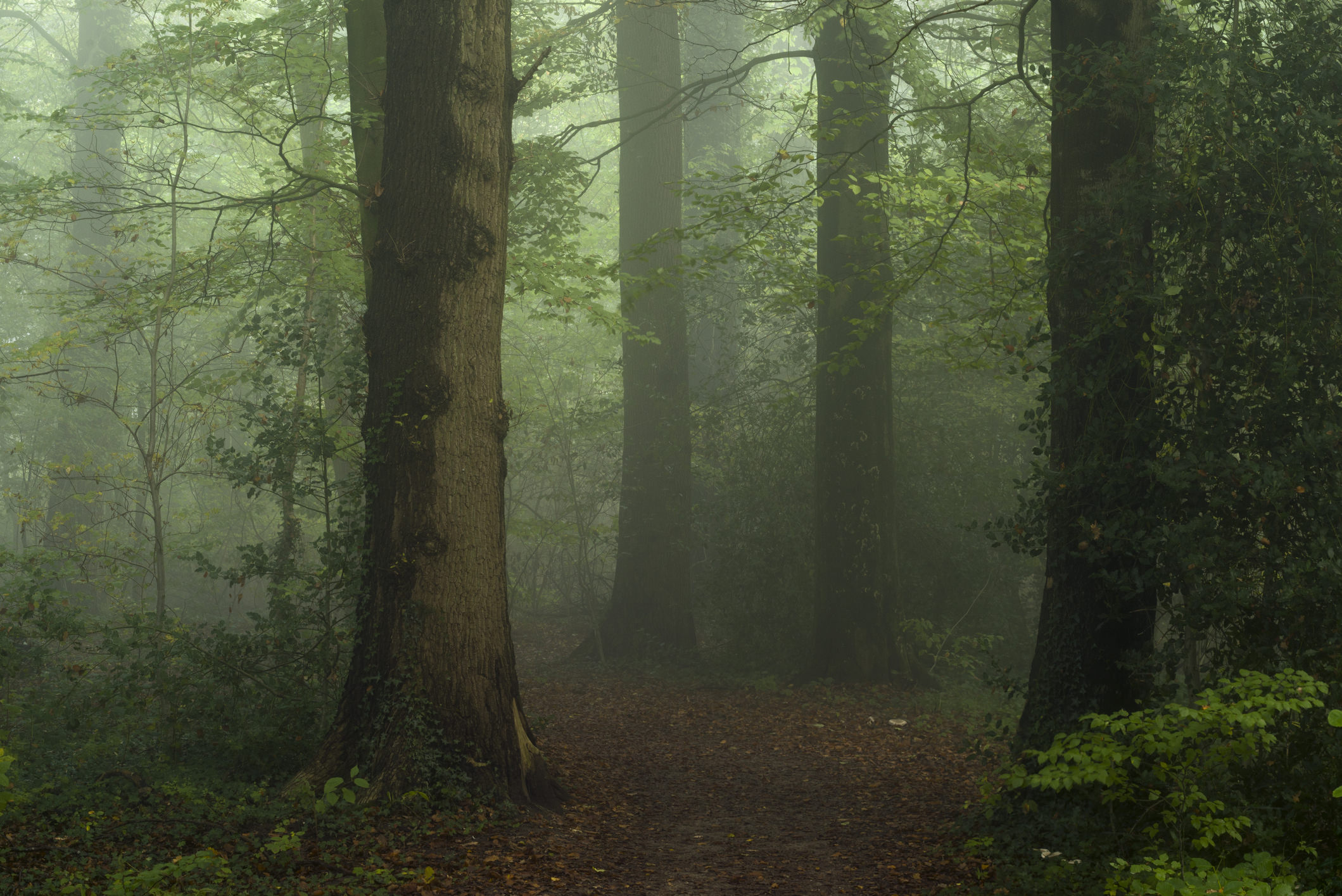
As noted earlier, polarizers reduce the amount of light entering your lens, so naturally, if you're shooting in dim lighting, a polarizer isn't going to get you the results you want.
Heavily forested scenes, canyons, or shooting at dusk are situations that immediately come to mind in which you should go without the polarizer.
Likewise, if you're out at night shooting things like the night sky, a polarizer won't do you any favors.
For example, if you're photographing the moon, having a polarizer will only force your camera to use a longer shutter speed or a higher ISO. Instead, remove the polarizer and speed up the shutter to avoid star trails (or extend the shutter to get star trails) and minimize the ISO to minimize digital noise in the shot.
When Light Has Intense Color
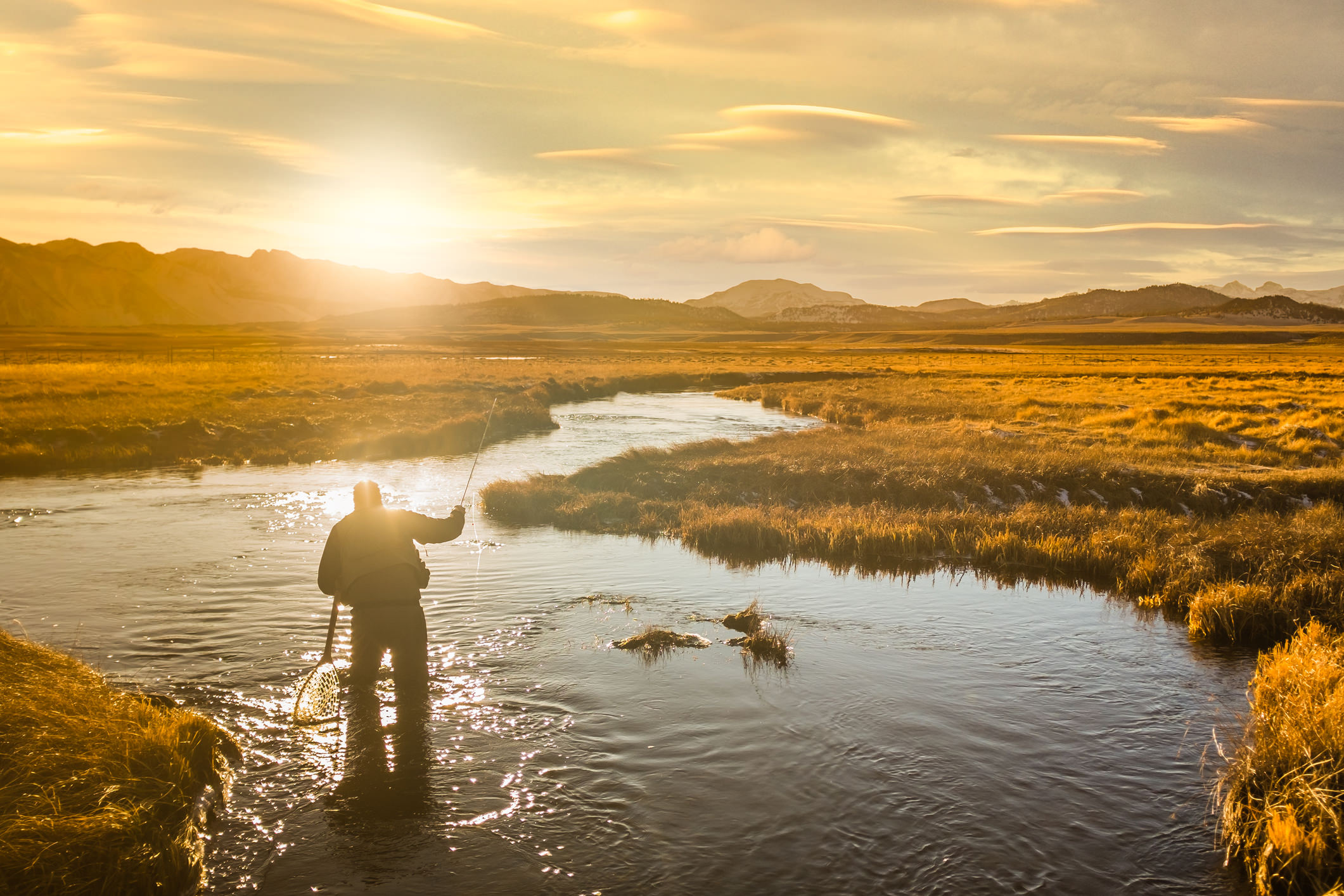
When there is a lot of color going on, such as at sunset, removing the polarizer from your lens can actually help your shot.
This is because that color will be reflected off of any wet surfaces in the image.
So, if you're shooting a sunset at a beach, going without a polarizer will allow you to incorporate the gorgeous, color-filled reflected light off of any rocks protruding from the water. What's more, near sunset when the light is a nice golden color as seen above, going without a polarizer helps you highlight that color.
That, in turn, helps make for a more dramatic image with more color and light in the photo.
When Photographing Rainbows
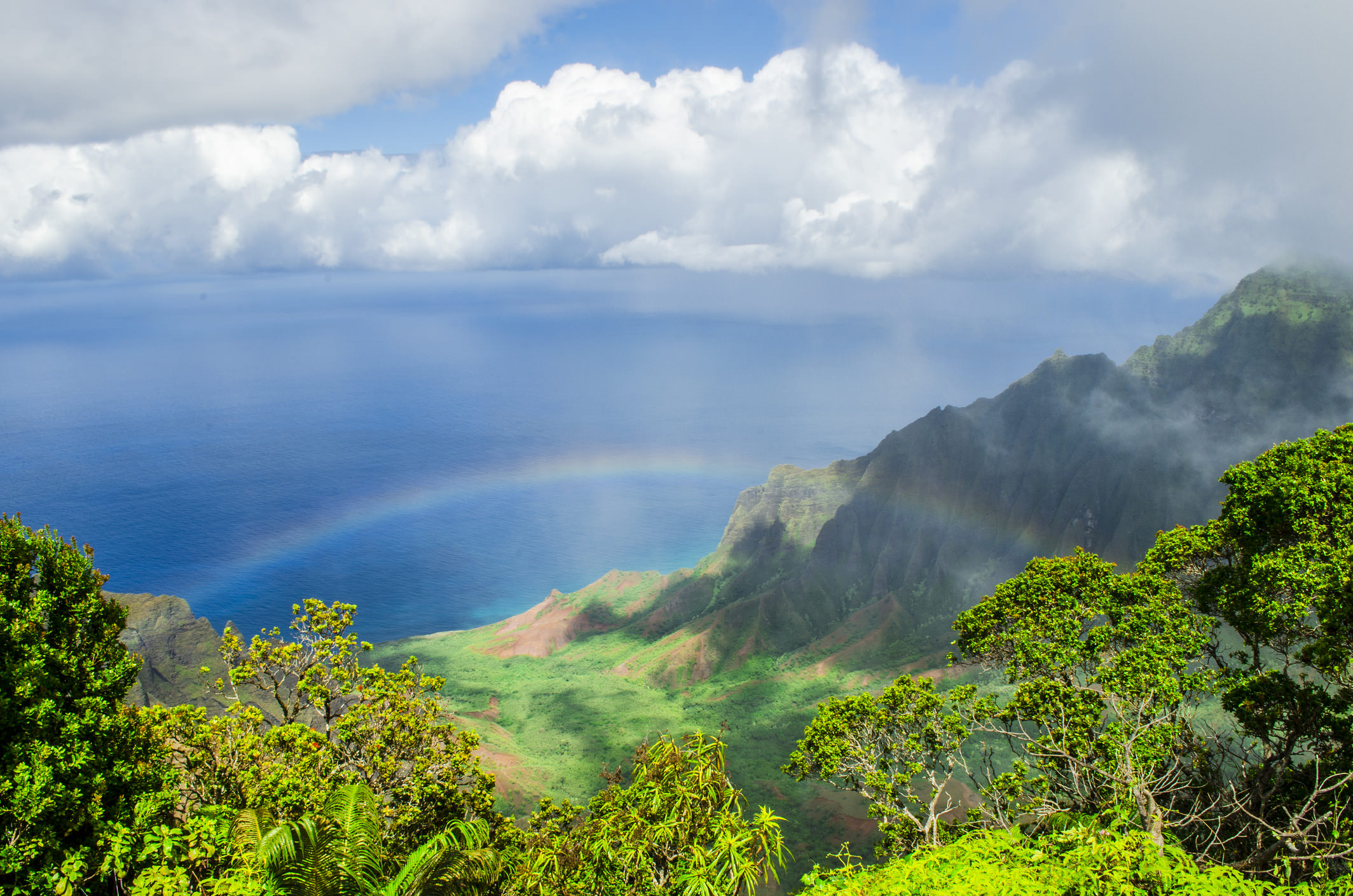
Even though a rainbow isn't just reflected light (it's also due to refraction and dispersion of light), a polarizer will still minimize its appearance in your photos.
That means that if you're shooting a scene with a rainbow, remove your polarizer and shoot without.
You'll find that the rainbow is far more intense and vibrant without it!
Final Thoughts
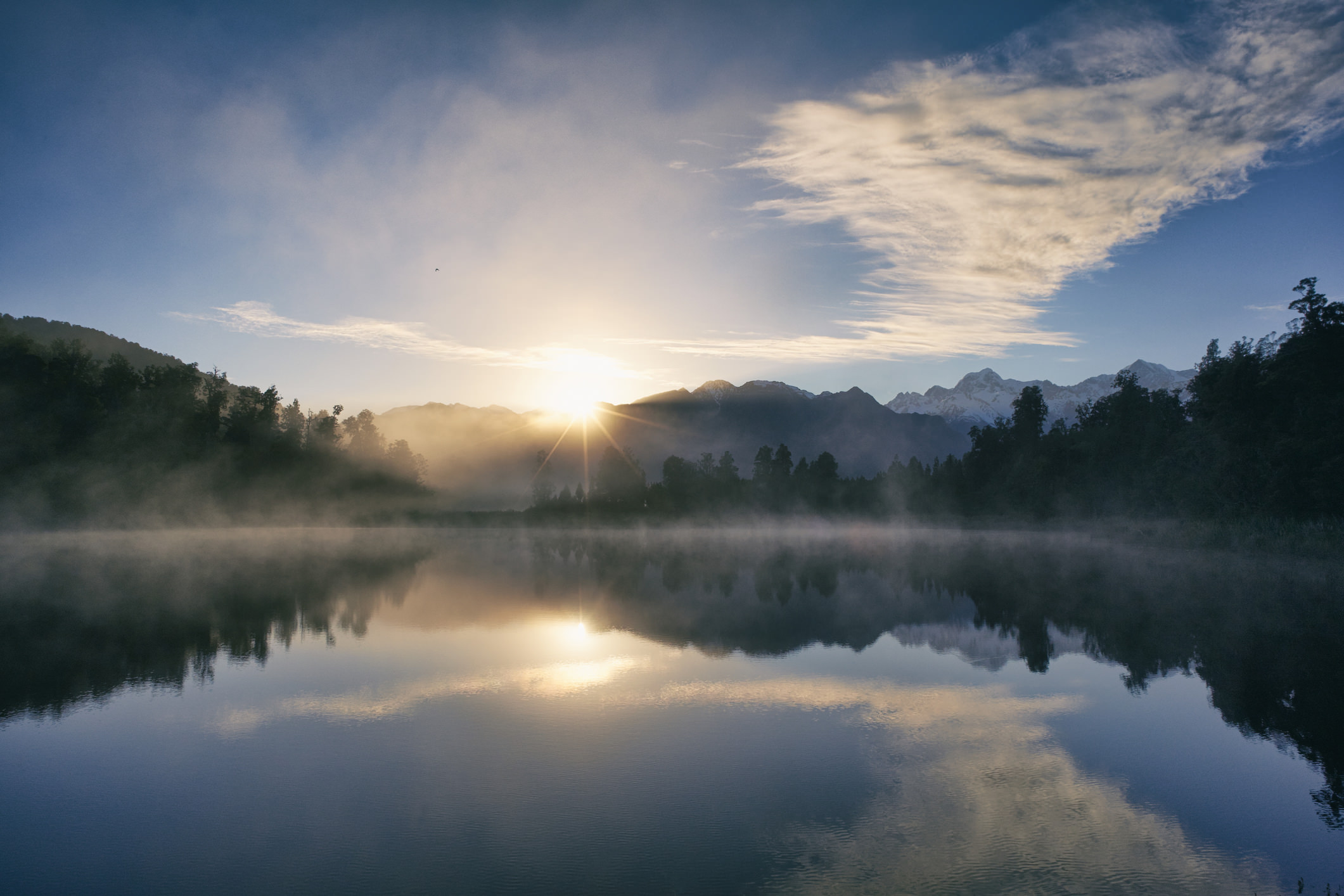
As you can see, there are plenty of situations in which a polarizer shouldn't be used.
Of course, there are plenty of situations in which having a polarizer is critical, too.
Even though you shouldn't use a polarizer all the time, it's still an incredibly valuable tool to have at your disposal, especially for landscape photography.
Of course, like most photography gear, you don't want to outfit yourself with something cheap. Instead, you want a high-quality polarizer filter that helps you produce excellent images while offering you years of durable service as well.
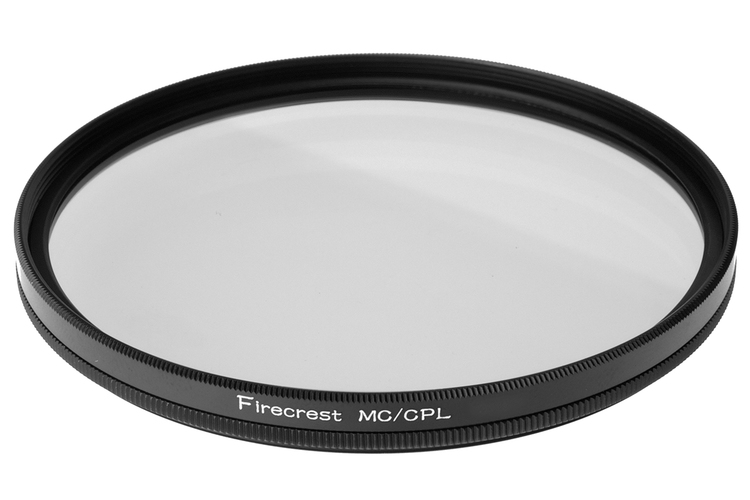
That sort of quality is found in the circular polarizing filter by Formatt-Hitech pictured above.
With a Firecrest anti-reflective multicoating, these polarizing filters ensure that your photos have the highest level of contrast and color fidelity.
Better still, these polarizers come in a SuperSlim or UltraSlim rotating polarizer ring, so they don't get in the way of the shot or cause vignetting.
With sizing options for 39-127mm lenses, these polarizing filters are compatible with a wide variety of gear too.
And best of all, you get a solid polarizing filter without spending an arm and a leg! What's not to like about that?
This blog post about the topic "When to Use (and Not to Use) a Polarizer" was first published on our website here https://www.photographytalk.com/landscape-photography/7582-when-to-use-and-not-to-use-a-polarizer